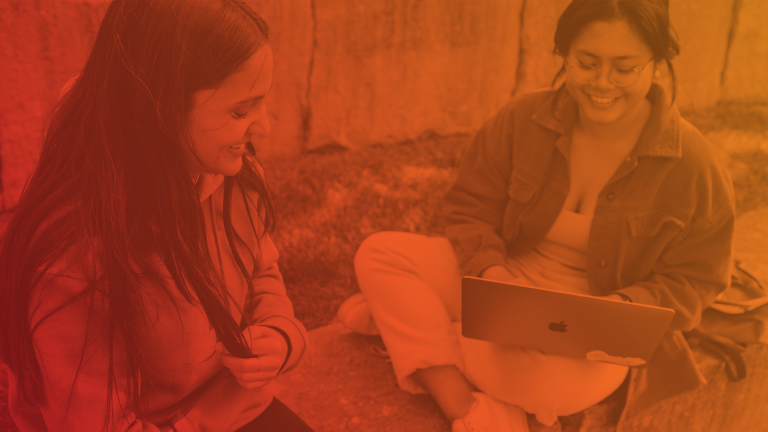
This August, Instructure brought together higher education thought leaders to discuss the future of higher education in a post-pandemic world. Eight panelists reflected on lessons learned in a chaotic year and how that translates into a future vision of teaching and learning.
Anya Kamenetz, an education correspondent for NPR, moderated the discussion and offered insight from Instructure’s upcoming State of Student Success in Higher Education.
The global study, releasing later this month, surveyed over 7,000 students, faculty, and administrators to reveal what factors impact student success and engagement in higher education’s new normal.
Kamenetz called the emergency remote teaching during the pandemic “panic-gogy.” Now that the dust has settled, what will pedagogy look like moving forward?
Adopting a student-centered approach
Panelists said the pandemic presented a tipping point in making higher education more student centered.
“The pandemic has given students a taste of what a flexible learning environment can be like and how the education can really bend to what they need,” said Shannon Riggs, Executive Director of Academic Programs and Learning Innovation at Oregon State University.
What do they need? High quality faculty and engaging content — the top two academic factors determining student success according to Instructure’s State of Student Success in Higher Education study, to be released this month.
Utah State University took it a step further and included students in their education technology procurement process — giving them the final say on what tools will most benefit their experience.
Designing for equity and inclusivity
The pandemic was a “rude awakening” for equitable access, panelists said.
Access to the internet, learning resources, and technological devices are the primary socioeconomic factors impacting student success, according to Instructure’s upcoming State of Higher Education study. Fulfilling the promise of higher education means addressing these infrastructure problems.
And access isn’t just limited to devices and broadband. It’s attracting historically excluded populations to campus. With enrollment numbers down, one panelist worried these students will be seen primarily as tuition dollars.
“We plug [underrepresented students] into an existing structure that isn't designed to meet
their needs,” said Kaiya Schroeder, Teaching Assistant at UC Denver’s School of Education.
Instead of exclusivity being the hallmark of a quality education, institutions need to change their orientation outward on those underserved populations, Schroeder said.
Supporting faculty
Pivoting to remote learning was a Herculean effort, panelists agreed.
“It was a great effort with very, very little support,” said Ted Brodheim, Global CIO Advisor for Education Zoom. “Now we can go in and really support that properly.”
For burned out faculty that means prioritizing wellbeing. Instructure’s study, releasing later this month, revealed 92 percent of respondents said psychological wellbeing is an impactful factor in student success.
Schroeder reminded the audience that it’s not enough to listen to faculty if those concerns don’t result in institutional change.
“We can’t care for others if we’re at the limits of our capacity ourselves,” she said.
Redefining student success
North American respondents to Instructure’s study said work/career readiness is the top measurement of student success in a post-pandemic world.
But rising tuition rates and stagnant wages could mean a poor return on investment for many.
“We’re creating a pathway to success that is expensive, that is inaccessible,” Schroeder said. “We’re helping to create a tiered society.”
So does higher ed go back to the old model, or create a new one? Michael Hofherr, Head of Higher Education Strategy at AWS, hopes it will be neither.
“There's a model [where] we can be inclusive. There's a model that gives us pathways to access that we haven't looked at before. I'm hopeful that we look at all the things that were great about our traditional education, all the things we learned in COVID, and come together and say, ‘There's another way to do this.’”
Watch the full session here for more insights on the future of higher education in a post-pandemic world.
Related Content
 Teaching-With-Tech-10-Benefits.jpg
Teaching-With-Tech-10-Benefits.jpgBlogs
 cidilabs.png
cidilabs.pngBlogs
 canvas_x_tg_logo_lockup_780_x_520.png
canvas_x_tg_logo_lockup_780_x_520.pngBlogs
